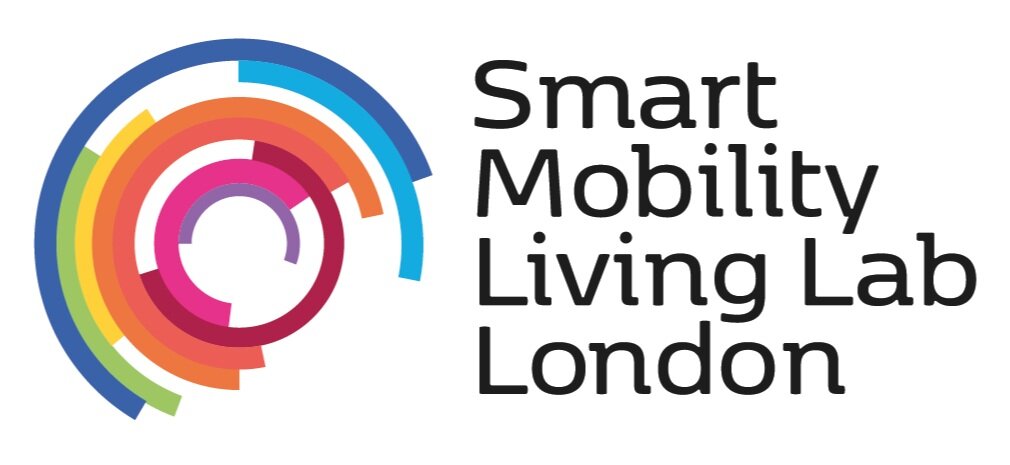ON THE ROAD TO THE FUTURE, VIA LONDON’S AUTONOMOUS VEHICLE TESTBED
By NICK CHRISSOS, DIRECTOR OF INNOVATION, EUROPE, CISCO
Transport is something that we often take for granted, but it’s an enormously important part of modern life.
Most of us travel large distances daily, whether it’s to work, to school, or to socialise. Last year, passengers in London travelled 801 billion kilometres – the highest figure ever recorded.
This kind of cumulative distance would have been unthinkable a few generations ago. But transport has evolved since then. In the past ten years alone, the city has introduced public bike hire schemes and continued construction of the Elizabeth line, while hybrid buses have rolled out across the UK. Ride sharing and hailing technologies such as Uber and Gett have become commonplace and Citymapper created dedicated smartbus routes.
And it’s set to change again, thanks to the emergence of connected and autonomous vehicles (CAVs) and the innovative infrastructure that surrounds and supports them.
We’re only beginning to understand the impact that these new transport technologies will have on society – from the transportation of people, goods and the provision of public services, to the infrastructure of roads and motorways themselves.
This is why Cisco is pleased to be part of Smart Mobility Living Lab (SMLL), a real-world connected environment for testing and developing future transport solutions.
The project brings together partners from government, academia, transport and the tech sector to explore the potential of CAVs to provide a smarter, safer way of moving for everyone.
In a world that’s always transforming, SMLL will help us understand what the next chapter of transport might look like not just in London, but across the UK and beyond.
A TESTBED IN A COMPLEX URBAN SETTING
The term: future transport encompasses a number of things - self-driving cars, intelligent transport systems, and more. The underlying principle is that the reliance on a human driver will be minimised or in some instances removed completely.
Obviously, this presents some challenges when it comes to testing. How do you create a controlled test environment that accurately reflects the dynamic complexity of a real-life road?
SMLL aims to help the industry answer that question by building a high-spec testing facility and research centre on public London roads. SMLL will span across two sites, one in the Royal Borough of Greenwich and the other at the Queen Elizabeth Olympic Park in Stratford.
This means that companies from a variety of sectors will be able to examine how their technology or service will react in a highly complex, real-world setting. London is Europe’s only megacity with a population of over 10 million people who spend 57 minutes a day commuting on average. This makes it the ideal place to trial autonomous vehicles and related technology. The Royal Borough of Greenwich brings together a number of urban elements including cycle and bus lanes, bike rental services, pedestrianised areas and one-way systems. The Queen Elizabeth Olympic Park environment will offer roads with advanced instrumentation and roadside infrastructure.
On top of this urban environment, SMLL will provide a layer of connected infrastructure that allows for advanced data collection and analytics. Users of the testbed will be able to take the data they get from driving on actual roads to develop real-world solutions.
This will be completely different from most other test environments, which are typically fenced-off environments, short straight road routes, or based on roads without connected infrastructure support. The scope and scale of SMLL is unprecedented, and this is what will make it so valuable and exciting! If a new transport technology works on SMLL’s test roads in London then we can be confident that it can scale globally.
MORE THAN JUST A TRIAL FOR TECHNOLOGY
But vehicle technology is not the only thing that will be able to be tested at SMLL. We expect users of the testbed to make the leap from feasibility testing (checking that the technology does what it is supposed to do) to developing market-ready operating models (ensuring there is a viable business model that can be effectively scaled).
This will require effective user participation, feedback, data analysis, and collaboration with external parties including legal and financial advisors and other third party providers – all of which we anticipate will be available as a part of SMLL.
Future transport solutions must be tested for how they make people feel. Without users, these solutions are worthless.
The citizens of Greenwich are an engaged community who have participated in transport test projects before. Their feedback will help providers to build solutions that work for real people, anticipating their demands and expectations and speed up time to market.
Another thing that the testbed will examine is the roads themselves. How will the actual infrastructure of the streets, road signage, pedestrian crossings and traffic lights all work to support CAVs? This infrastructure will be crucial for helping future transport solutions meet their full potential, helping vehicles and services communicate with each other, further refine vehicle positioning and avoid congestion elsewhere in the network, all of which SMLL will help explore.
It’s clear that the UK is committed to comprehensive, safe, real-world CAV testing. We’re proudly building on the nation’s rich heritage of automotive innovation.
CREATING A ROADMAP FOR THE FUTURE
SMLL will be a chance to find smarter ways of moving people and things. By bringing more CAVs and related technologies onto the roads of London, we are helping to make the future of transport a reality.
One thing is certain about the future of transport: autonomous vehicles are going to play a big part in it. Everything else is still being worked out. It is a process of exploration. That’s what makes SMLL so important: it’s putting the future to the test.
